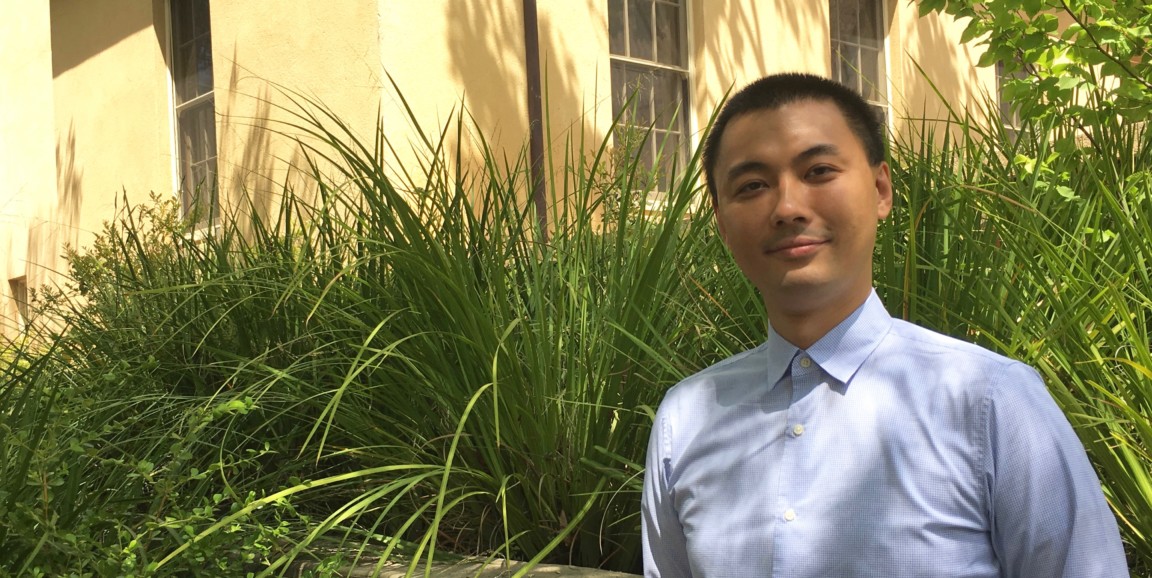Satoshi Maruyama, MD, is an official in the Japanese Ministry of Health, Labour and Welfare — and he's earning a master's degree in health policy at Stanford. He lives on campus with his wife and 1-year-old son.
I met up with him recently to learn more.
Why did you go into medicine and health policy?
In Japan, we have to choose whether to go to medical school by the age of 18. I loved physics and chemistry but decided to go with human biology and see what would happen.
I had an internship in health policy during my last year of medical school and it was a striking experience. Many issues cannot be solved only with medical technology — you have to interact with society to change how medicine should be practiced.
For example, in Japan some cancer drugs could not be used especially in the early 2000s because the companies didn't apply with PMDA [the Japanese equivalent of the FDA] to have them approved because the cost of the process is high and Japan's population is not big enough to have an attractive market like the U.S. and EU. Those sort of issues are what I am interested in and made me decide to jump into the health policy world.
What advice would you give to someone hoping to pursue a career in health policy?
Keep in touch with clinical practice. Keep talking with friends or colleagues at the hospitals and clinics to get a sense of the issues and potential solutions.
How did you get to Stanford?
Along with seven of my colleagues, I was allowed to study abroad to develop my research skills and think about the future visions of the Japanese health care system.
I was nominated but then needed to be accepted by Stanford.
What are you working on now?
I'm finishing my thesis that looks at whether the density of physicians in Japan is associated with health outcomes like life expectancy. I'm also looking into whether the physician supply and distribution in Japan is adequate, considering the rapidly aging population and the increasing demand of health care services.
What have you found?
Higher physician density was associated with higher life expectancy but not with disability-free life expectancy.
The total number of physicians is not enough and there's a maldistribution geographically and for specialists.
These results suggest physicians do cure diseases but patients do not recover completely and that we need to focus more on the distribution of physicians.
What is your ultimate career goal?
I want to ensure the sustainability and effectiveness of the Japanese health care system. I want to make Japanese citizens happier and healthier.
When I get old, I want to be able to say, 'This is the health care system I wanted and I'm very proud of.'
Has anything about health care in the U.S. surprised you?
I was surprised there are so many apps from health care providers. That isn't very common in Japan.
I also had heard that health care is expensive here but now I realize it is very, very expensive.
What are you reading now?
I'm listening to the audiobook The Price of Inequality: How Today's Divided Society Endangers Our Future by Joseph Stiglitz, PhD. It reaffirms the importance of the social security system and the cost of increasing economic disparity.
What do you like to listen to?
I listen to jazz or bossa nova.
What are your favorite foods?
Potatoes — made any way. Mashed potatoes, fried potatoes, baked with butter and salt.
Really?
I lived in the U.S. for a while when I was 10 or 11 and I'm still a fan of potatoes. Did you think I was going to say rice or fish? I love them too, but I love potatoes more.
Stars of Stanford Medicine features standout scholars in the School of Medicine.
Photo by Becky Bach




